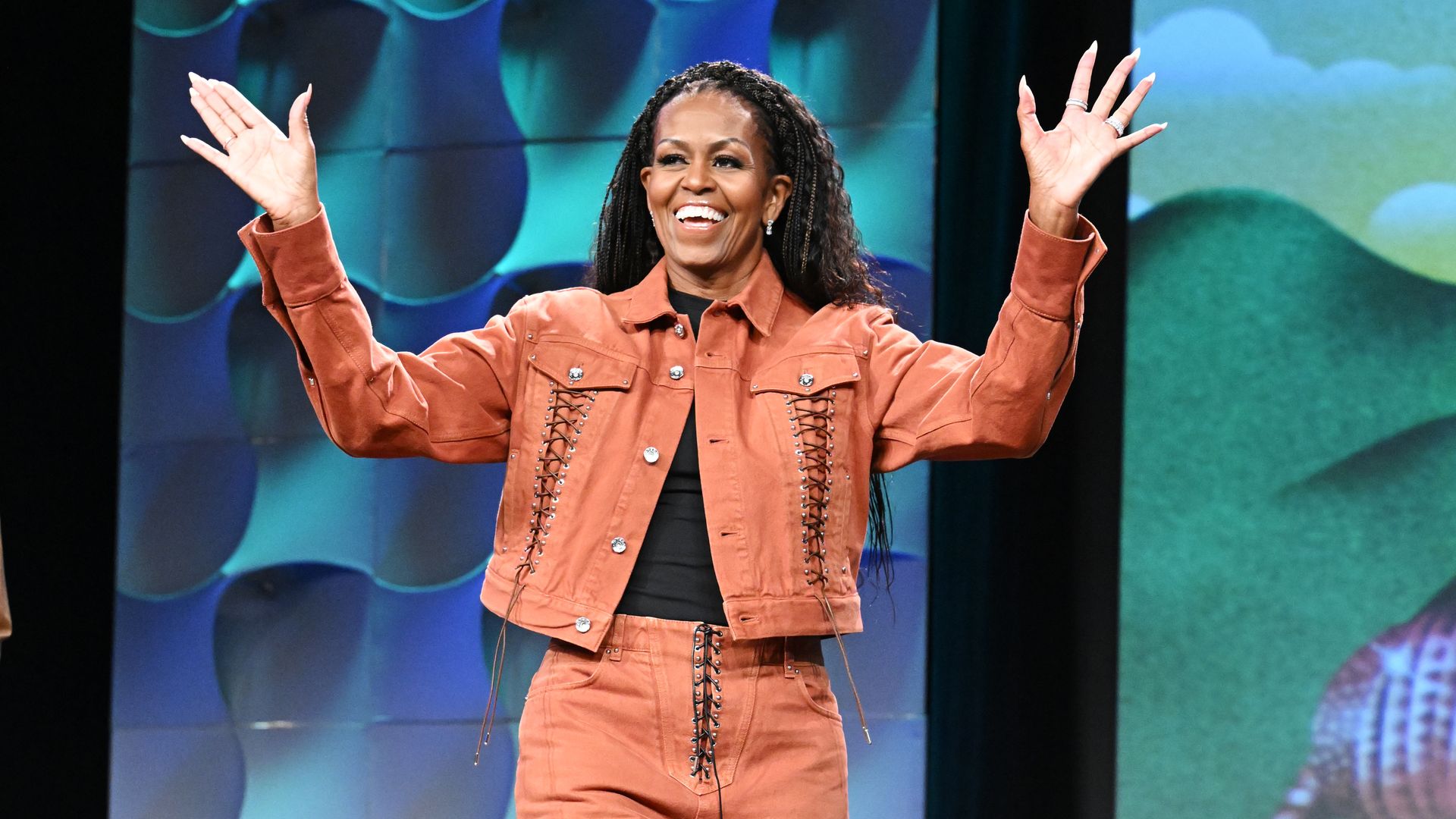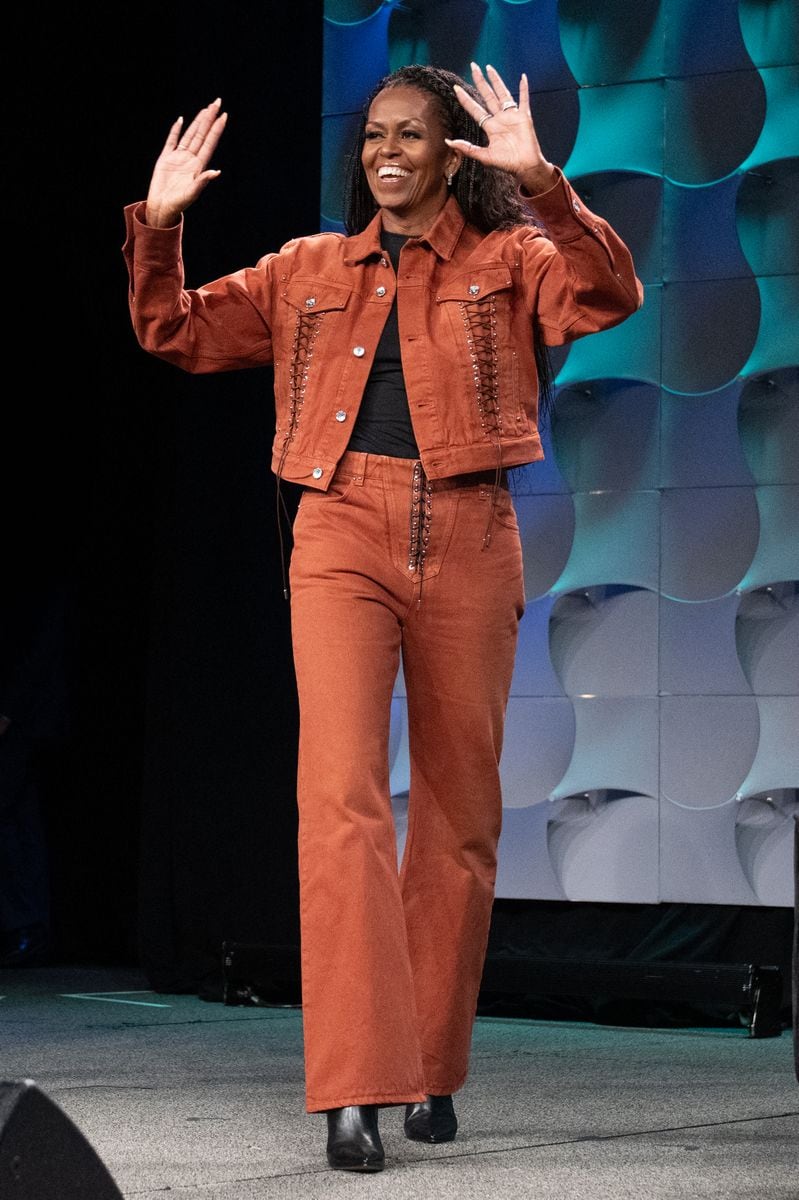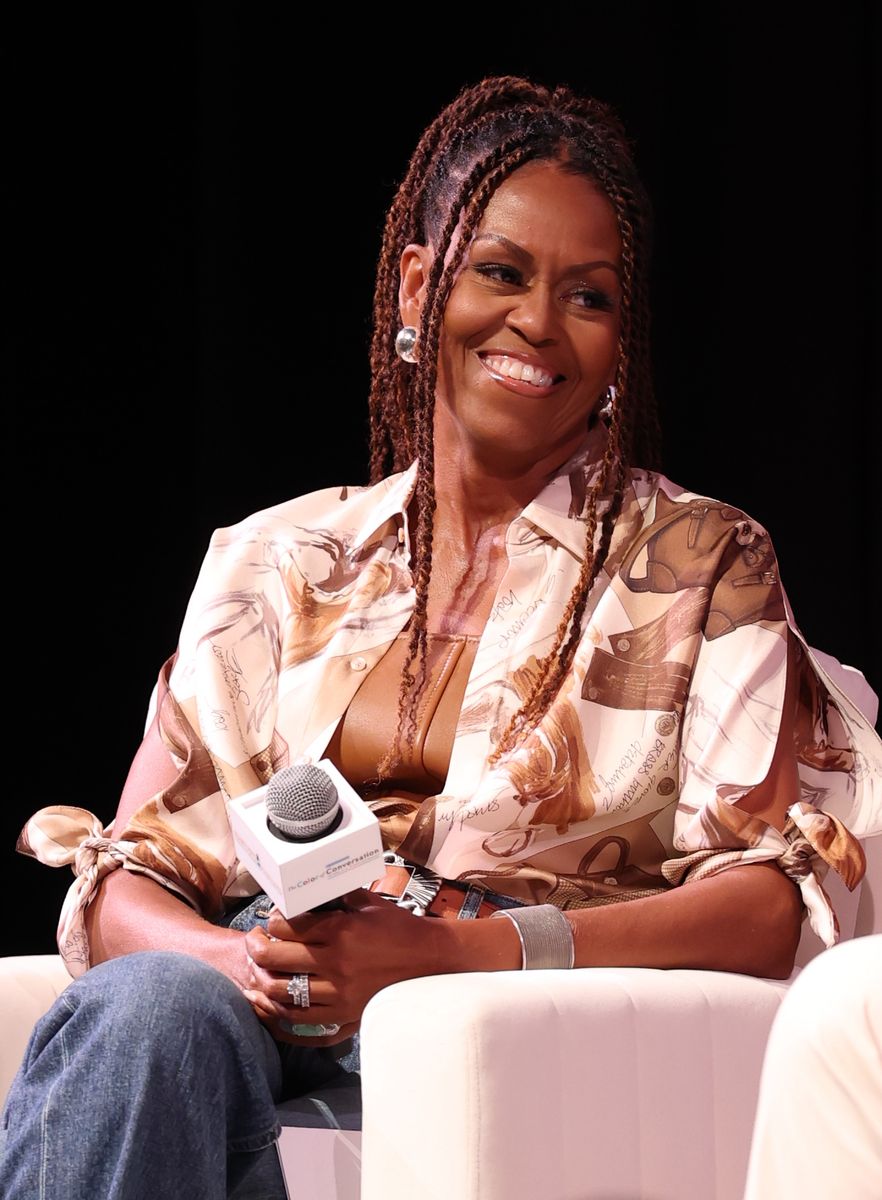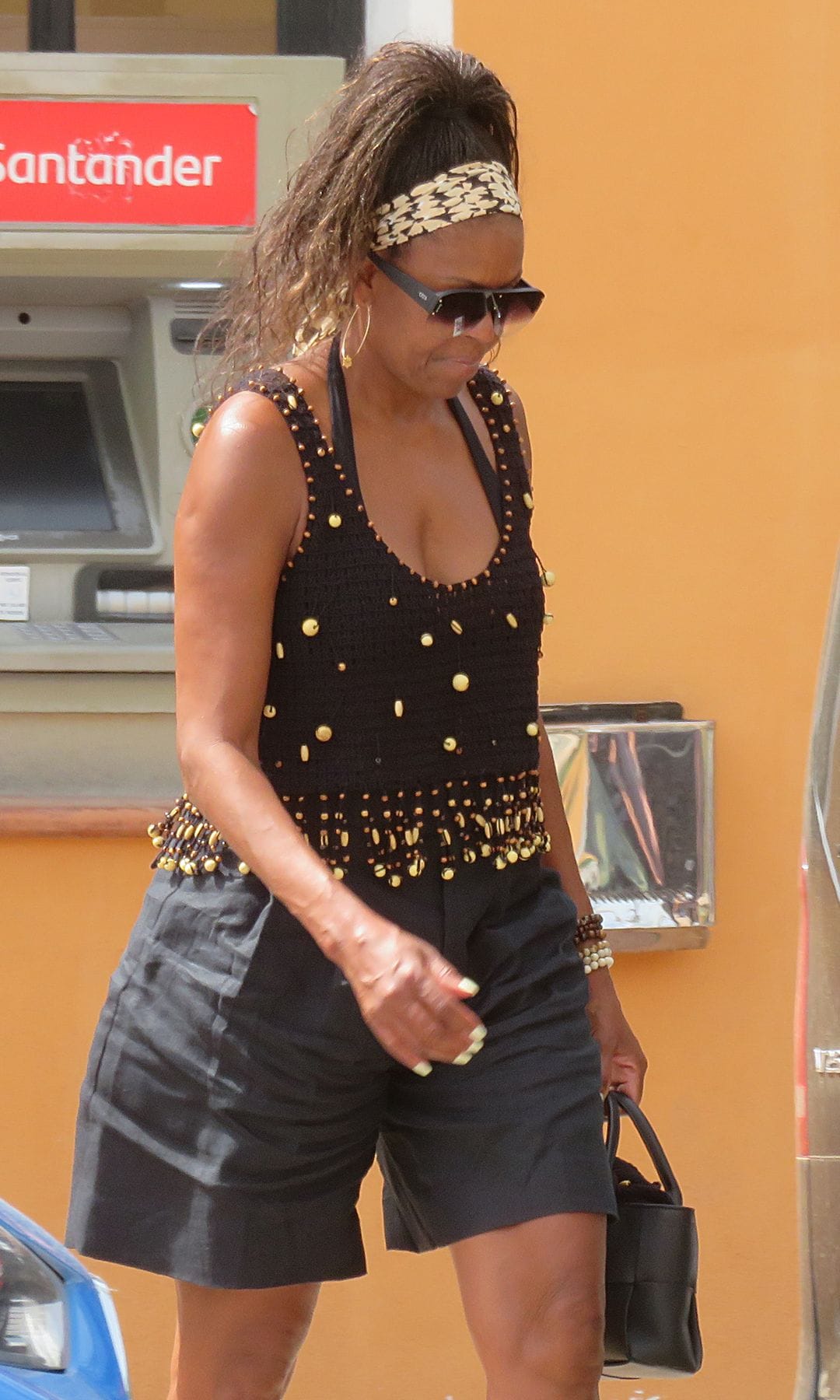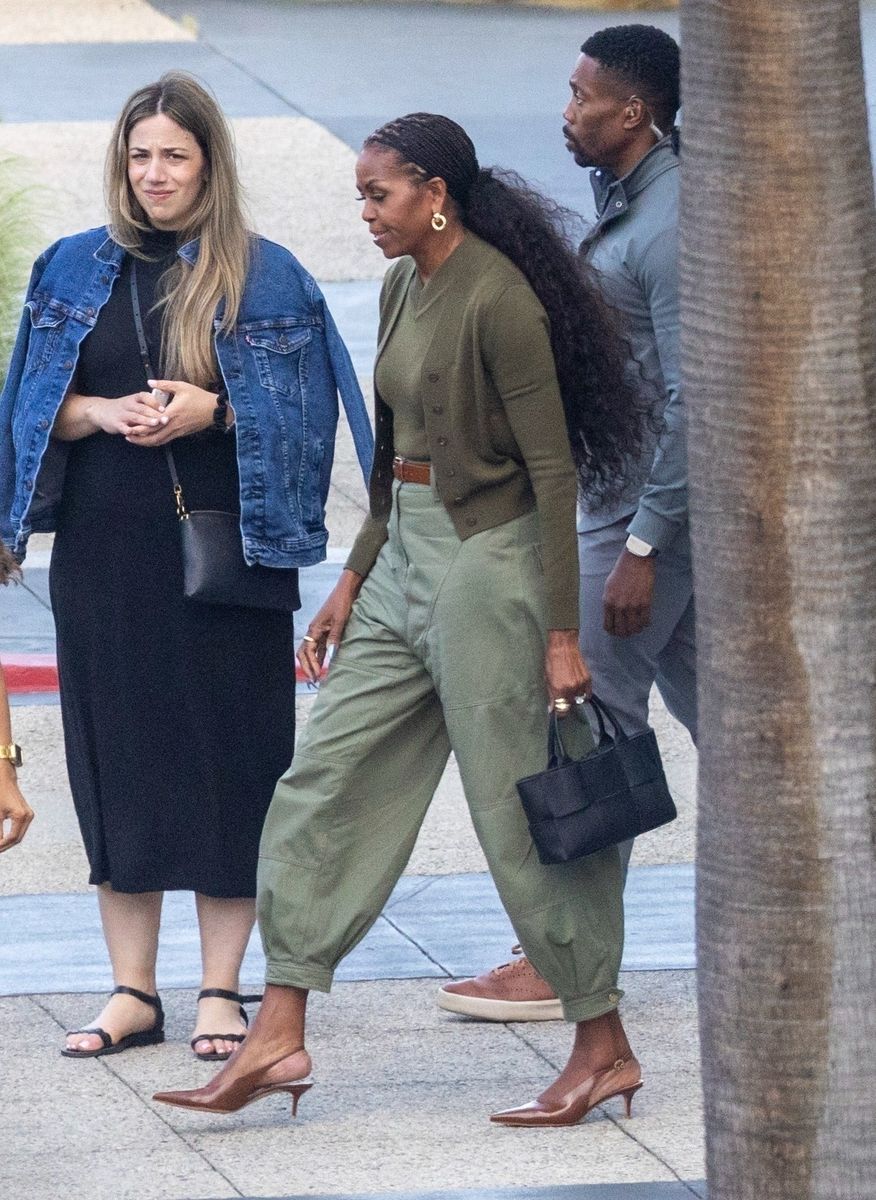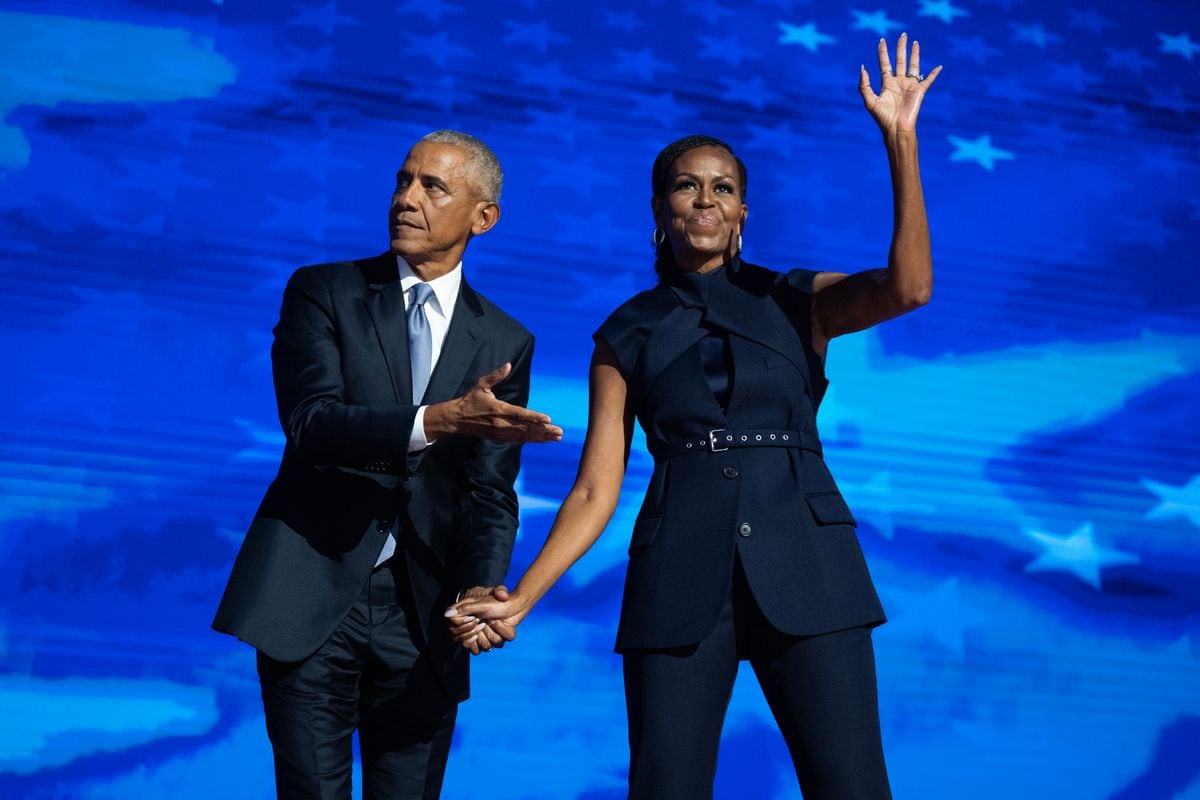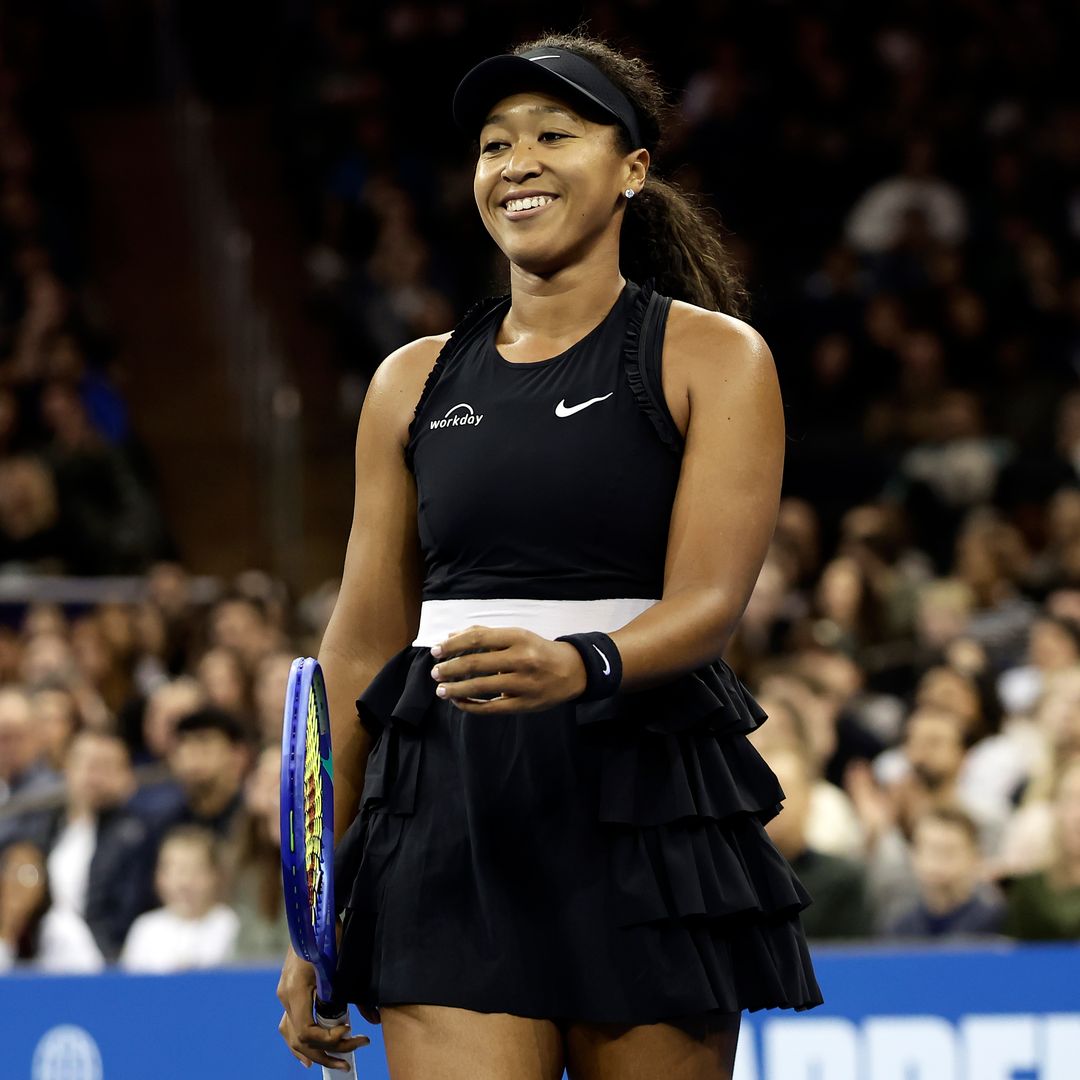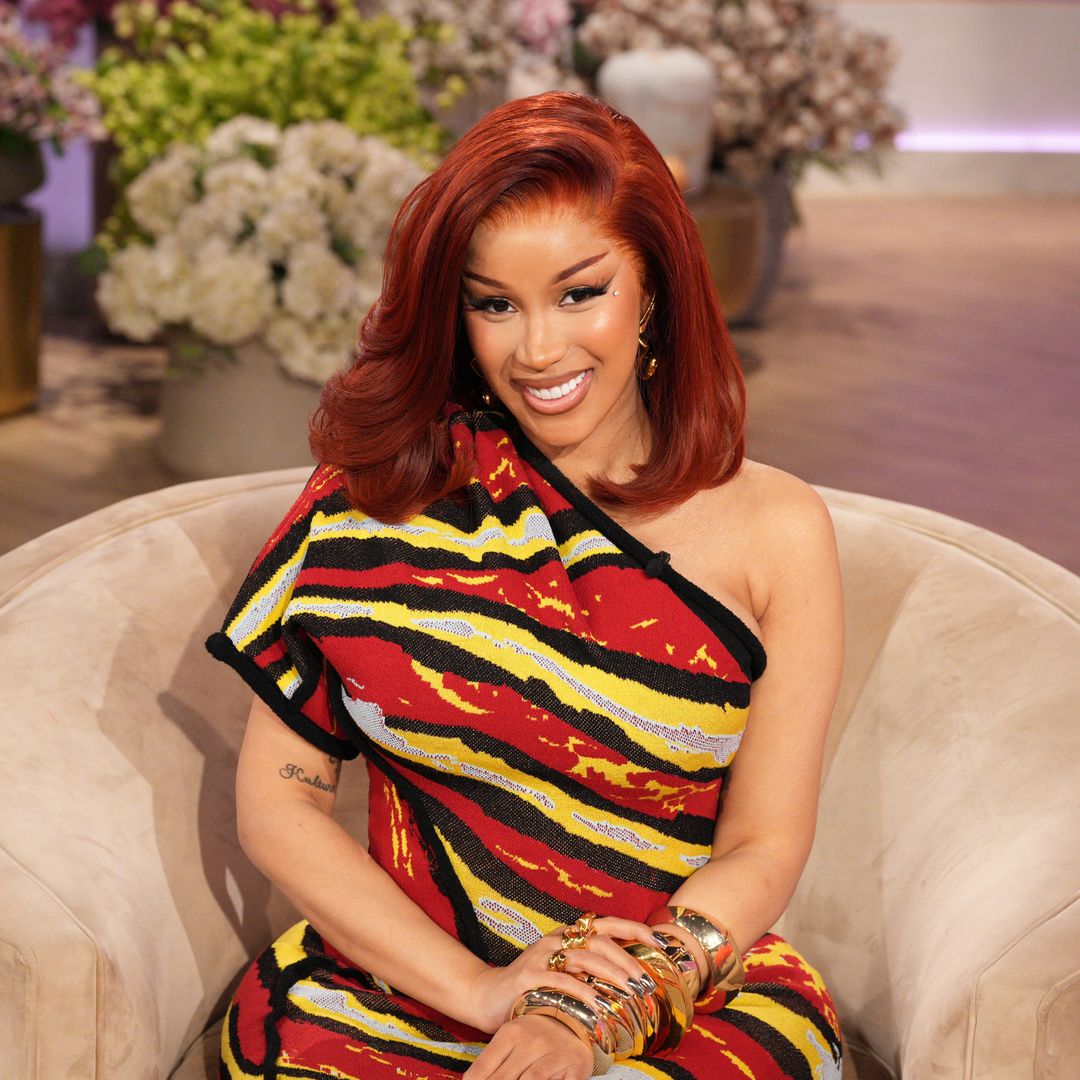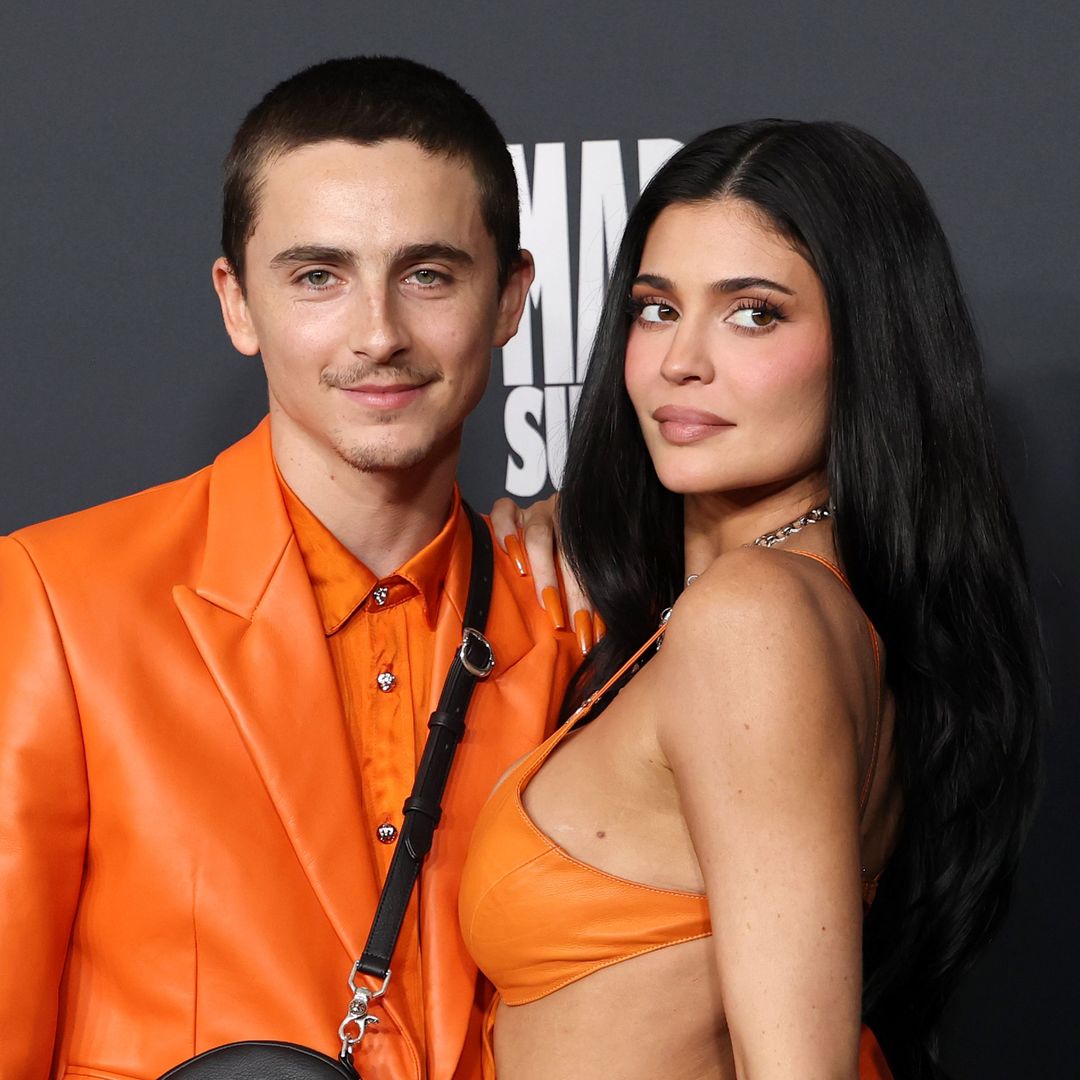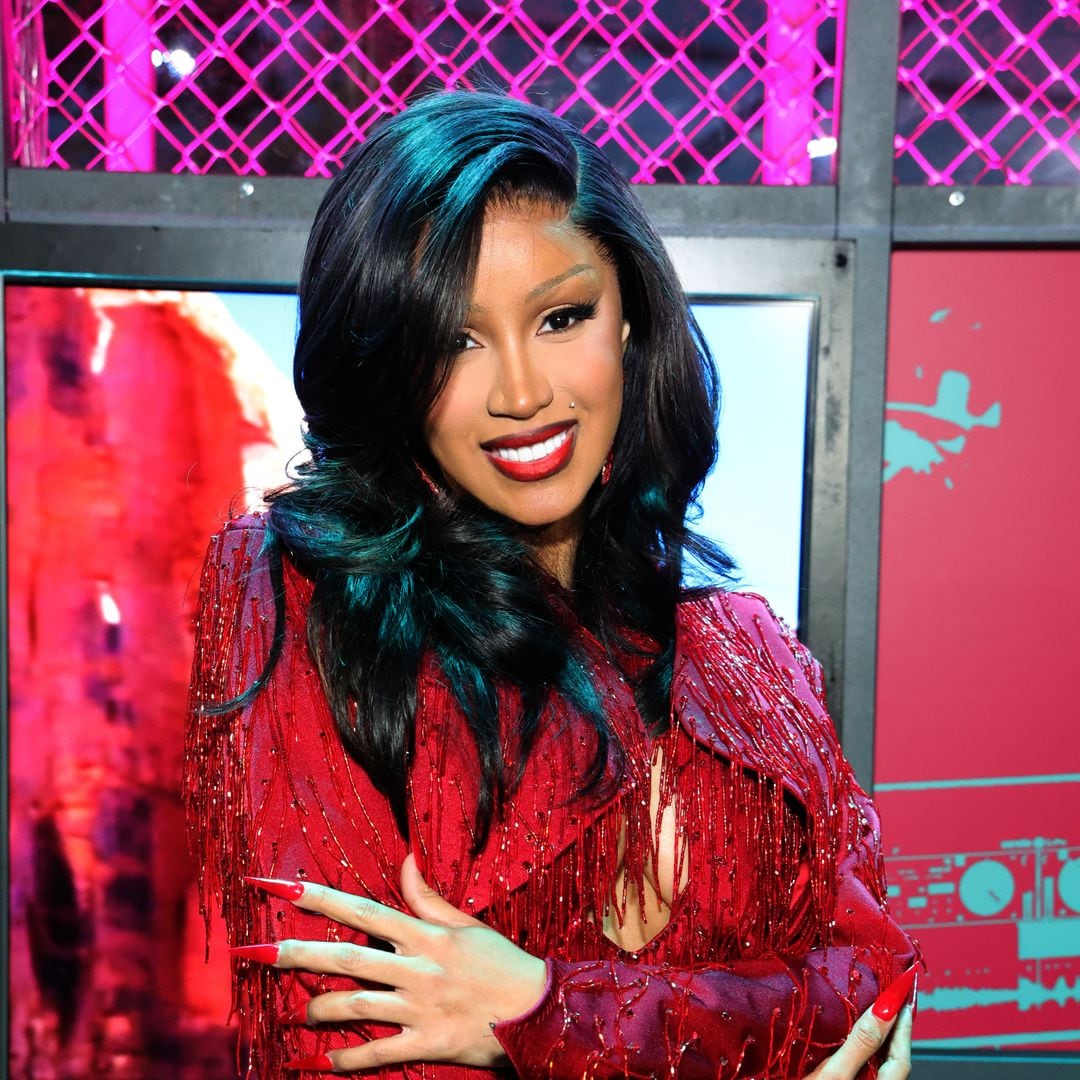Michelle Obama is living her glow-up era, and not the kind that’s measured in followers or filters. At 61, she’s speaking louder, shining brighter, and caring a whole lot less about what anyone thinks. “Fundamentally, I’m the same person,” she told PEOPLE. “But with each decade, I’ve grown wiser. I think I’ve become more confident about who I am. This version of Michelle probably cares less about what other people think.”
The woman who once carried the weight of being the First Lady of the United States — a role she calls a “complicated assignment” — is now living life on her own terms. With her daughters, Malia and Sasha, out in the world and Barack Obama happily retired from the political grind, Michelle is finding joy in things as simple as braids, tennis, and freedom. “This is the first time where every decision that I make is for me,” she says.
From the White House to Her Own House
During her eight years in the White House, Michelle Obama was hyperaware of the scrutiny surrounding her. Every outfit, hairstyle, and gesture was dissected. “I purposefully did not talk about fashion and beauty,” she admits. “I was afraid it was going to take over everything.”
It wasn’t paranoia. The First Lady was navigating a minefield of expectations, as she had to be inspirational but accessible, stylish but not too flashy, powerful yet “feminine.”
And as a Black woman, that balancing act came with added pressure. “Especially early on in the campaign, I was being attacked as being angry, a shrew, demeaning my husband. I understood that those labels were trying to rob me of my femininity,” she reflects.
Her approach was quite strong. She respected the position but refused to let fashion outshine her voice. “I wasn’t a starlet,” she says. “The clothes could never speak louder than anything I had to say.”
The Power of Style
Now, nearly a decade out of the White House, Michelle is finally talking about fashion, but this time, it’s on her terms. She loves that her choices once inspired everyday women to feel connected to her. “If I wore something and it could sell out, that meant most women could afford to buy it,” she says. “I wanted all people, of all races, of all political persuasions to be able to connect with me.”
And her braids were more than a style statement; they’re liberation. “Braids allow me to get them done, and that’s one less thing I have to think about,” she says. “When I’m out of the public eye, I am swimming, I am playing tennis — and braids represent that kind of freedom for me.”
When she wore them to the Obamas’ official portrait unveiling, it was a statement. “I wanted to add to the discourse of Black women in places of power, saying, ‘This, too, is an appropriate and beautiful way to wear your hair.’”
Owning Her Reflection
Even now, Michelle admits she still has to remind herself that she’s enough. “Every day, I wake up, look in the mirror, and tell myself that I am smart and beautiful, and kind and worthy,” she shares. “I don’t think that work ever stops for women, particularly women of color, because sometimes you don’t always hear it back.”
Her message hits especially hard in today’s world, one where, as she puts it, “people with power are trying to quiet the voices of people they disagree with.” Her call to action is to keep showing up, keep speaking, and keep believing in your worth. “Now more than ever,” she says, “we have to fight to remind ourselves that we matter, that we count.”
The Legacy of Michelle 2.0
Michelle Obama 2.0 is no longer playing a role crafted by history or headlines. She’s choosing herself. And that might be her boldest move yet.
She’s still tall — 5’11”, as her late father, Fraser Robinson, loved to remind her — and she’s still standing tall, both literally and metaphorically. “My father was very clear about standing straight and owning my height. He’d say, ‘You are tall, you are beautiful.’ It started there.”
Now, that same self-assurance radiates in every project she takes on, from her hit podcast to her public appearances. But more than anything, Michelle Obama is proving that confidence doesn’t peak in your 20s or 30s; it evolves.
